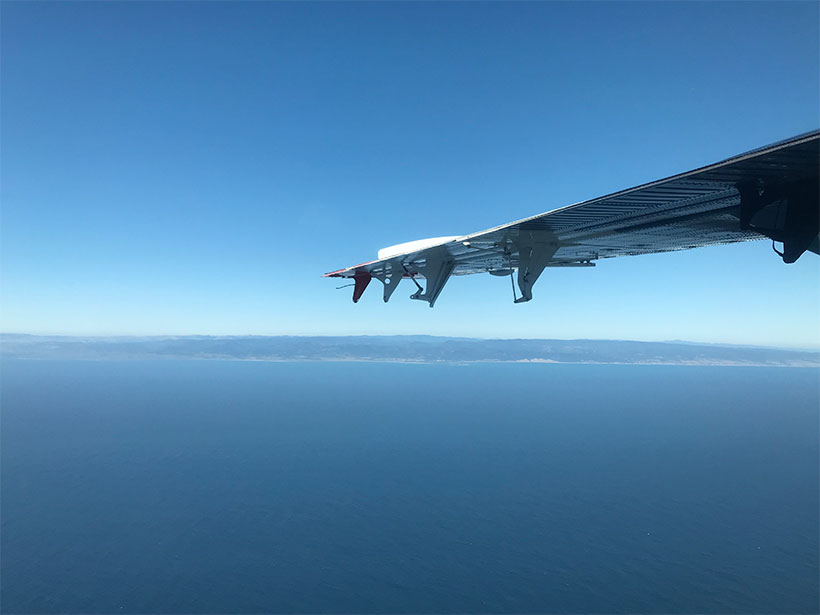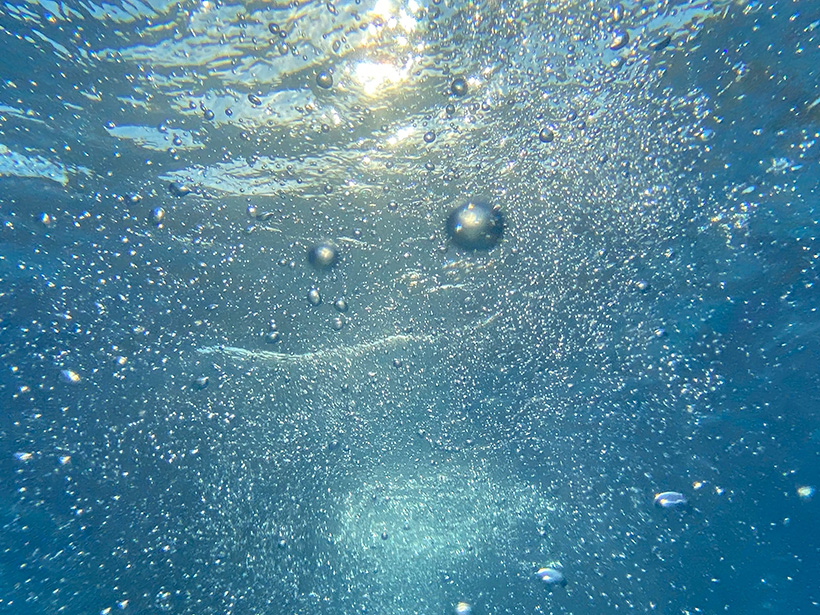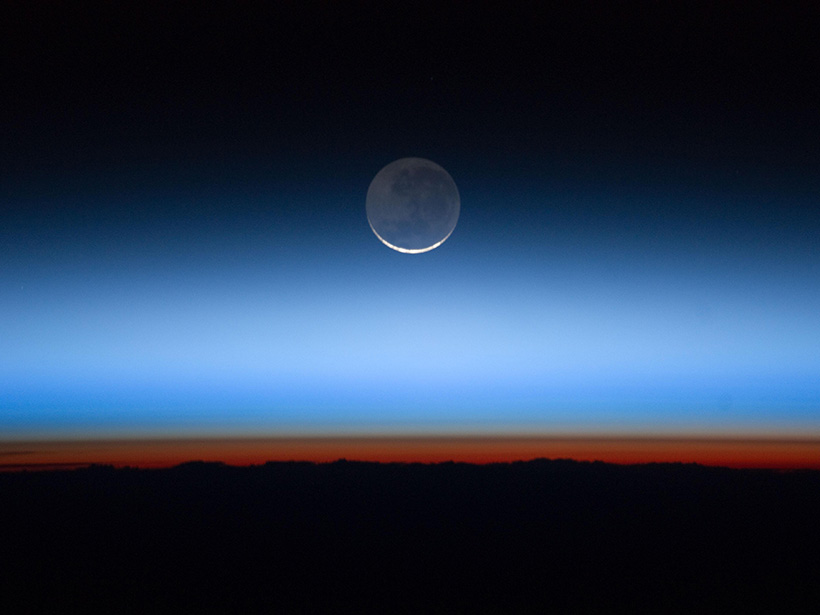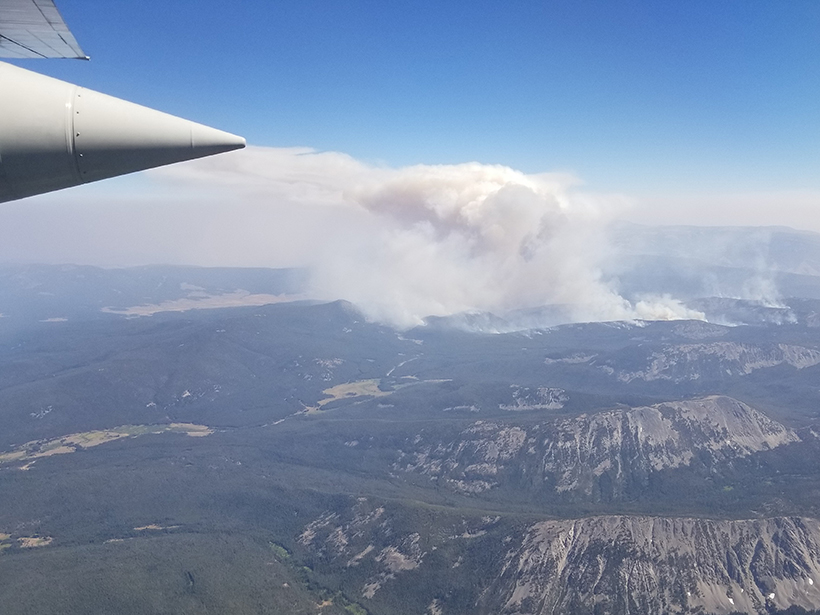Nuevos datos de exploración con aeronaves muestran que aunque la química atmosférica sobre regiones oceánicas remotas es una fuente considerable de producción de metanol, la emisión neta de metanol del océano es menor.
David Shultz
Convective Transport Explains “Missing” Ice near the Tropical Tropopause
Spaceborne lidar shows that more ice than expected is leaving the tropical tropopause layer in the atmosphere.
Tracking Oxygen in the Sargasso Sea’s 18 Degree Water
Biogeochemical floats provide an improved picture of ocean mixing and oxygen movement in the North Atlantic Ocean.
Improving the Global Budget for Atmospheric Methanol
New aircraft survey data show that although atmospheric chemistry above remote ocean regions is a considerable source of methanol production, the ocean’s net methanol emission is minor.
Seeding Ice Clouds with Wildfire Emissions
Wildfires create airborne plumes of organic and inorganic matter as they burn. These particles can nucleate cloud-forming ice crystals and affect cloud dynamics, precipitation, and climate.
An Innovative Approach for Investigating Subduction Slip Budgets
A new 3D model offers a state-of-the-art look at the full spectrum of slip behaviors in the Nankai subduction zone off Japan.
Decoding the Age of the Ice at Mars’s North Pole
Exposure to sunlight creates telltale patterns in the polar ice cap that change over time, potentially providing insight into the climatic history of the Red Planet.
A Global Look at Surface Soil Organic Carbon
Soil organic carbon is an important element of ecosystem and climate health. Remote sensing can now give scientists a global look at this important piece of the carbon puzzle.
Determining Dissolved Organic Carbon Flows into the Gulf of Alaska
A new model determines freshwater and dissolved organic carbon discharge to the Gulf of Alaska from one of the most geographically diverse but understudied regions on the planet.










